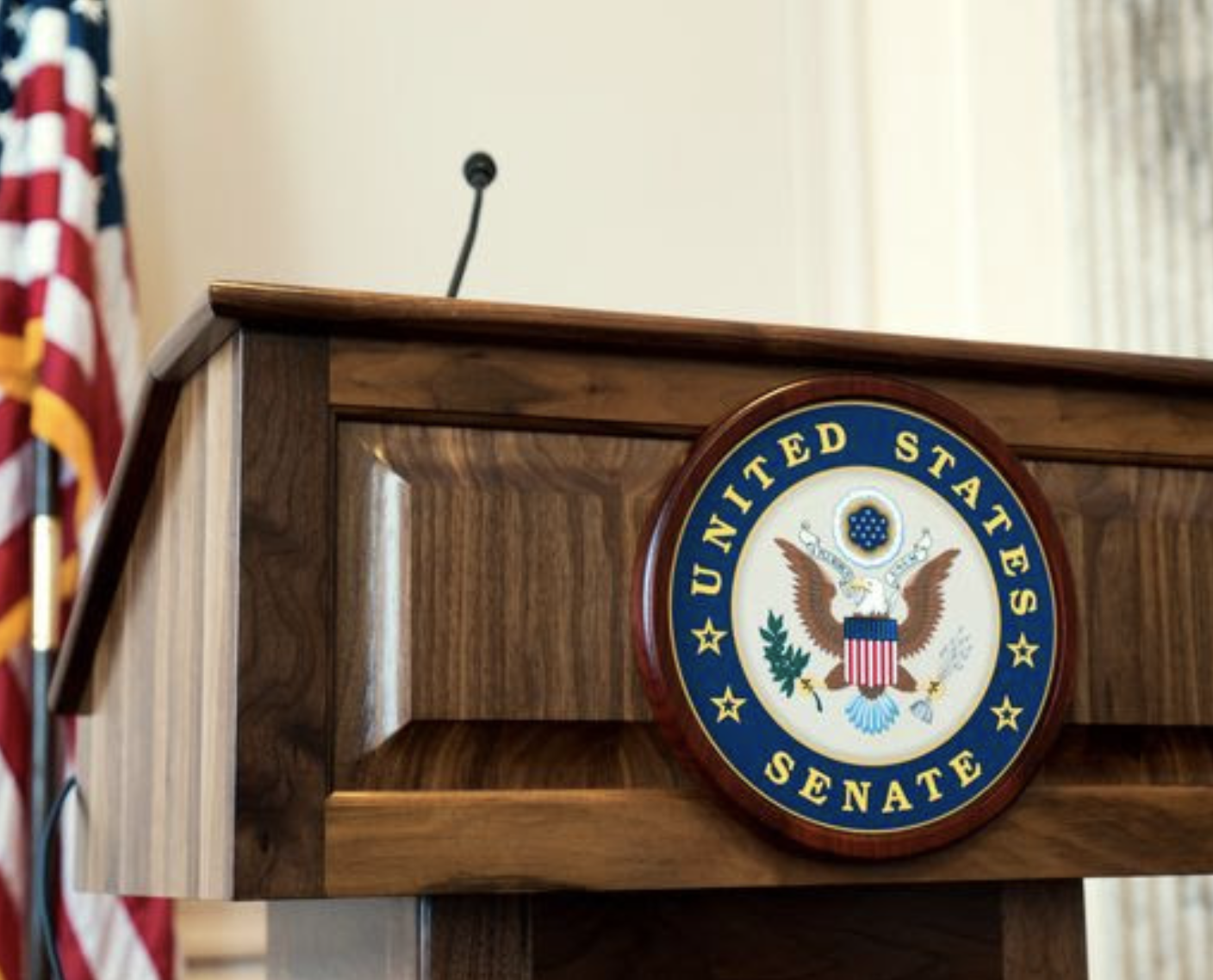By: Editorial Staff – wsj.com – August 26, 2020
The party conventions are focused on the race for the White House, but there’s precious little mention of what is arguably the more important contest: The fight for the U.S. Senate. Whoever holds that majority will determine whether change next year is centrist or radical.
This assumes Democrats hold the House, which is likely short of a Republican comeback for the ages. Republicans now hold a 53-47 Senate majority, but their hold is precarious. They’re defending as many as eight seats that are competitive, while they look set to gain back only the Alabama seat held by Democrat Doug Jones. A House, Senate and White House sweep would set Democrats up for the policy transformation that Joe Biden recently said he wants.
This would not be your father’s Democratic Senate, or even Barack Obama’s. A Democratic majority would elevate left-wing progressives like Elizabeth Warren, Bernie Sanders and Sheldon Whitehouse to positions of power. Normally they’d be constrained by the need to compromise with the minority to get 60 votes to pass legislation. This is what has frustrated both parties for decades, notably Republicans as recently as two years ago on entitlement, health-care and tort reform when they also held all of Congress and the White House.
Democrats have all but announced that, even with a narrow majority of 51 or 52, the 60-vote legislative filibuster is going the way of bourbon and branchwater. “The filibuster is gone,” former Senate Majority Leader Harry Reid told Politico last week. “It’s not a question of if, it’s a question of when it’s going to go. . . . Next year at this time, it will be gone.”
Harry should know. In 2013 he killed the filibuster rule for judicial nominees on a partisan vote. Barack Obama recently called the filibuster a relic of Jim Crow, though he wanted to use it to stop Samuel Alito’s Supreme Court confirmation. No less a former Senate Old Bull than Mr. Biden has signaled he’d be happy to see it go to grease the skids for his agenda.
The pressure from the left will be too intense to resist. Simply watch current Senate Minority Leader Chuck Schumer, who for years has advertised himself as a moderate liberal. Last week he told the press that he’s no longer an “angry centrist.” He said he’s moved left with the times and thus can’t take anything “off the table” in the majority.
Mr. Schumer is anticipating a potential primary challenge in 2022 from progressive New York Rep. Alexandria Ocasio-Cortez, who could raise all the money she needs to take him on. That threat means Mr. Schumer wouldn’t dare buck his backbenchers who want to kill the filibuster. It also means that in the majority he’ll be along for the ride of whatever Speaker Nancy Pelosi’s Democrats want.
What would that be? Mr. Schumer said this includes addressing “income and wealth inequality, climate [change], racial justice, [and] health care” and “improving our democracy.” Democrats can pass a tax increase with a mere 51 votes under current budget rules, but killing the filibuster opens the door to all sorts of long dormant progressive priorities.
That includes statehood, plus two Senate seats each, for Puerto Rico and the District of Columbia. House Democrats have passed the most far-reaching labor legislation in decades. Right-to-work laws could be banned in the states and secret union elections replaced with “card check” that allows open pressure on workers.
Election mandates imposing ballot harvesting and mail-in voting on states would be likely. Democrats could also expand the size of the federal appellate courts and even the Supreme Court with a mere 51 votes. The only restraint would be public opinion, but Democrats (unlike Republicans) would have a cheerleading press corps behind them.
All of this is more likely than many Republicans think. Senate races have become increasingly nationalized as ticket-splitting ebbs, so President Trump’s undertow could sweep away even moderates like Susan Collins of Maine or Cory Gardner of Colorado. Oh, and in 2022 the GOP will have to defend at least 20 Senate seats—many in swing states like Wisconsin and Pennsylvania—while Democrats protect 12 mostly safe strongholds. Voters, take note.
To see this article and subscribe to others like it, click read more.
 Listen Online
Listen Online Watch Online
Watch Online Find a Station in Your Area
Find a Station in Your Area









 Listen Now
Listen Now Watch Online
Watch Online
